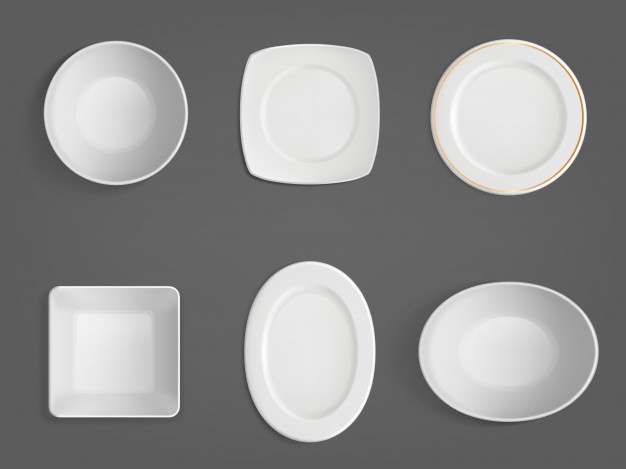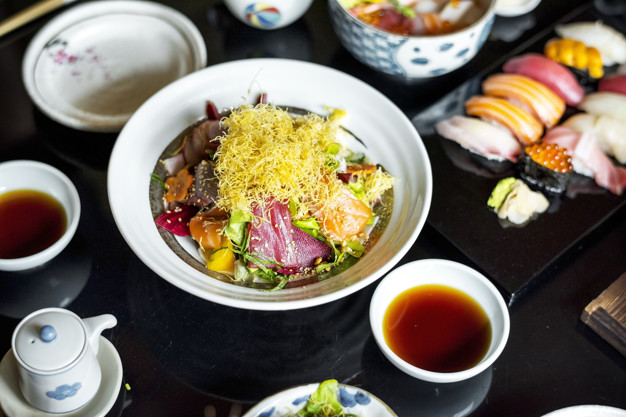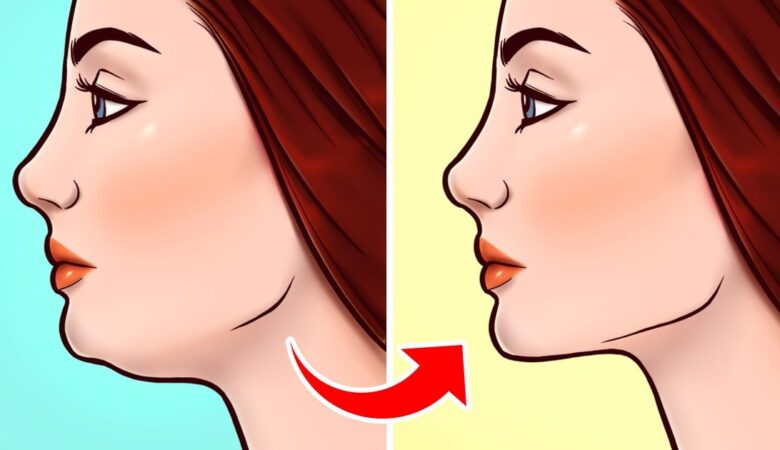Whenever I talk to someone who has visited Japan, an ex-pat who lived there, or a tourist passing through, they almost always mention something about the fast-food chains there.
What may surprise you is that we are not talking about different menu options in Japanese fast food chains compared to American ones, we are talking about portion sizes.

What Makes Food In Japan Healthier Than In The United States
It’s a common joke in my family, how a small size beverage at a McDonald’s in the United States is a large drink at a McDonald’s in Japan, but that statement is very true.
It’s not just the size at McDonald’s, but other fast-food chains and restaurants as well. Starbucks has a special “short” size in Japan, which is only 8 ounces. (240 ml).
The smallest Domino’s pizza in Japan comes in an “M” size, a diameter of 9 inches (23 cm), while the smallest “small” size in the United States is 10 inches.

If you visit a restaurant in Japan, meals are divided into portions so you are expected to finish comfortably in one sitting, whereas in the United States, meals are often impossible to finish without a takeaway container at the end.
In this way, Japanese fast food sells the same sizes as the smaller portions. A “short” size for adults in Japan is the size of children in the United States, and what is defined as “medium” in Japan is the “small” size of the United States.
What makes a Japanese diet sustainable for the modern lifestyle is not that it eliminates fast food or refined sugars, but that it practices moderation.
As a society, its citizens are not pressured to exercise extreme self-control or restrictions on healthy eating, but psychologically, Japanese nutrition education is built around values of balance.
To avoid getting too full or feeling deprived, healthy eating begins with choosing the right plate size.
Choosing The Right Plate Size For Eating At Home
To bring these concepts of moderation into the home and reshape our understanding of proper meal sizes, we must first choose the correct plate sizes.

Traditional Japanese meals are inspired by the idea of ichiju-sansai, or “one soup, three sides,” where small plates are combined to form a complete meal.
One serving of rice, miso soup, two small vegetable dishes, and one serving of a protein plate. In this way, smaller and more varied dishes naturally diversify the foods to be consumed and practice portion control.
Of course, we must take into account individual needs: an adult man will have a different nutritional need than a child. But to achieve Goldilocks from food servings, consider these questions after eating:
- Do I feel stuffed or starved?
- Am I thirsty or hungry?
- How will I feel after another serving?
By being more conscious of how we feel after finishing what we have on our plate, we will begin to achieve what feels 80 percent full, or harahachi-bunme, a balance in which you do not overeat or is deprived.
Japanese healthy eating, of course, includes principles of variety, lots of fruits and vegetables, and properly prepared grains and proteins, but at the base of this is a psychological tool that enables people to lead a comfortable and sustainable lifestyle.

Japanese food education is not just about discipline and rules; It encourages the moderate incorporation of the foods we enjoy. By choosing the correct plate sizes, we can strive to make better health decisions without even realizing it.









Leave a Reply